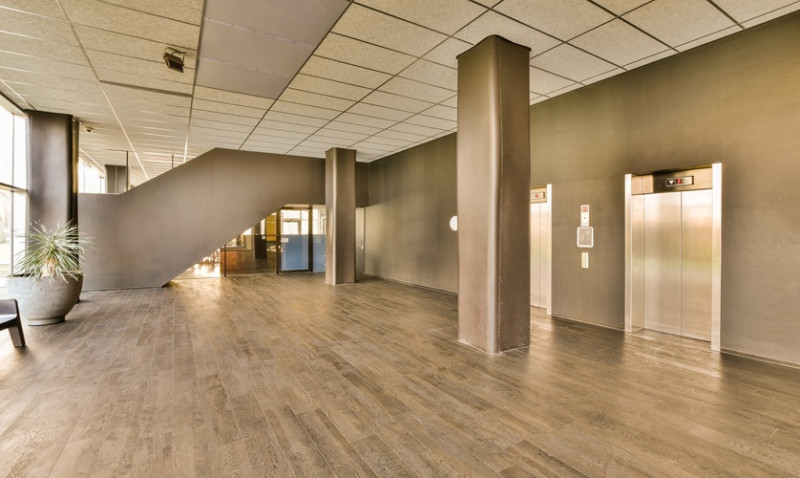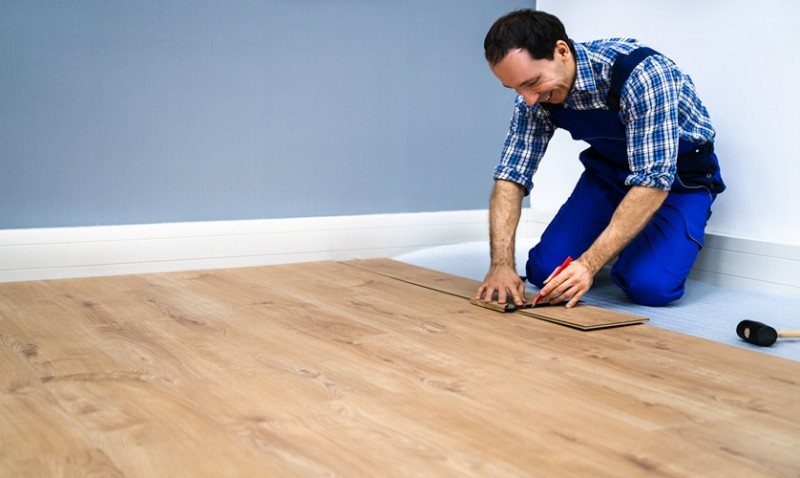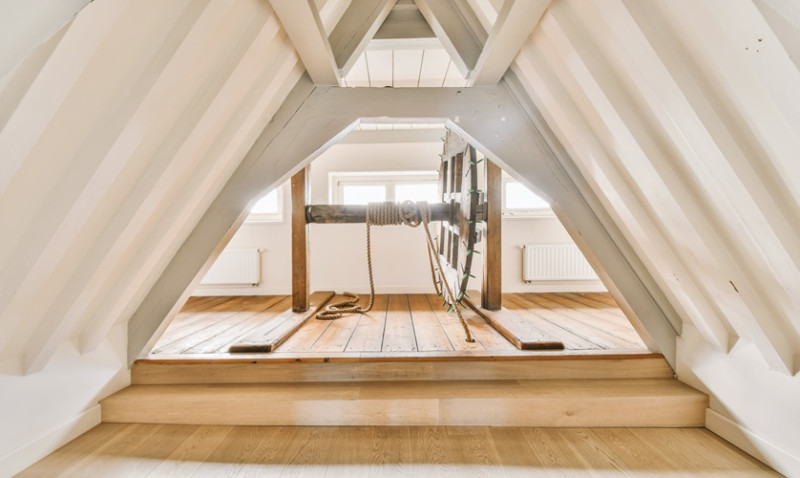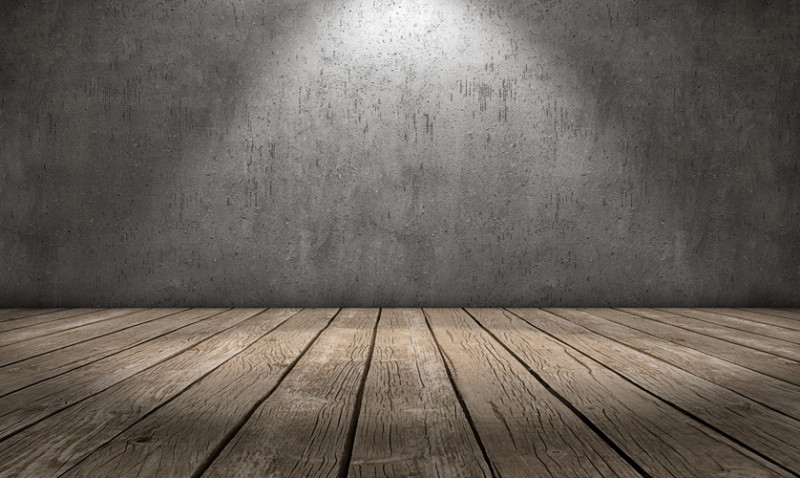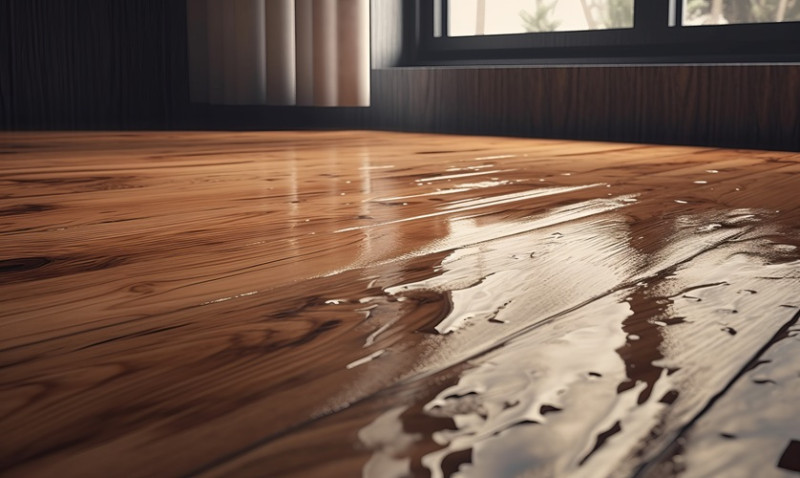
When it comes to choosing flooring for your home or project, few options offer the timeless appeal, warmth, and durability of wood. But with so many choices on the market today, one big question stands out: should you go for solid wood floors or engineered hardwood floors?
Whether you're a DIY enthusiast planning your next home makeover, a young professional creating your dream space, or a designer or tradesperson looking to recommend the best flooring to clients, understanding the strengths and weaknesses of each flooring type is essential. This guide will help clear the confusion and break down the differences, benefits, and ideal applications of both solid and engineered wood flooring, tailored for homes across the UK.
What is the Difference Between Solid Wood and Engineered Hardwood?
Solid wood flooring is made from a single piece of timber—usually oak, maple, walnut, or ash—which is cut into planks and milled into tongue-and-groove pieces. It’s exactly what it sounds like: a solid plank of natural hardwood, usually around 18–20 mm thick. It can be sanded and refinished multiple times over its lifetime.
Engineered hardwood flooring, on the other hand, is made from a top layer of genuine wood (the wear layer) backed by multiple layers of high-quality plywood or high-density fibreboard (HDF). These layers are bonded together in a cross-ply structure, which offers increased stability, especially in environments where moisture and temperature may fluctuate.
This critical difference in composition affects not only how the floors look and feel, but also how they perform, how they’re installed, and how long they last. Let’s explore the key factors that will help determine which option is best for your needs.
Durability and Stability
In terms of strength and lifecycle, solid wood floors are famous for their durability. A well-installed solid oak floor can last over 100 years if properly maintained. The thick, single-piece planks mean they can be sanded and refinished many times—ideal for high-traffic areas or rooms that may see a lot of wear over time.
However, solid wood is more susceptible to expansions and contractions caused by changes in temperature and humidity. This makes it less suitable for installations over underfloor heating or in rooms like basements, kitchens, and bathrooms.
Engineered wood flooring, by contrast, is designed for greater stability. Its layered construction makes it less prone to warping and shifting with changes in climate. It handles underfloor heating systems well (a big plus for UK homeowners) and performs better in moisture-rich areas, making it a go-to choice for kitchens and even conservatories.
While engineered floors can’t be sanded down as many times as solid floors (due to the thinner wear layer), premium engineered boards with a thick wear layer can be refinished multiple times—extending their life span significantly.
Appearance and Aesthetics
Visually, both solid and engineered hardwood floors can be stunning. That’s because the top layer of both options is real wood. They’re available in a broad array of species, finishes, grades, and plank sizes.
Solid wood has a classic feel. Its full-depth construction offers a slightly deeper grain image and unmistakable authenticity. Over time, the ageing of solid wood produces a desirable patina that many homeowners love.
Engineered flooring, meanwhile, can match the exact same look while often offering more choices in terms of plank widths and lengths. Thanks to advancements in manufacturing, engineered planks can mimic the character and depth of solid wood so indistinguishably that most people can’t tell the difference once installed.
If you’re aiming for the genuine texture and acoustic feel of traditional hardwood—which many interior designers and architects favour for luxury spaces—solid wood may offer a slight aesthetic edge. But for high-spec modern homes, engineered flooring can tick all the visual boxes while adding functionality.
Cost and Value
Solid hardwood is typically more expensive per square metre due to the higher material cost and premium quality. Add in the installation expenses—often requiring professional fitting and more surface preparation time—and it can become quite an investment.
Engineered wood flooring is generally more affordable. It uses less hardwood overall, and its structural efficiency reduces cost. It’s also simpler to install—often available in click-lock systems that DIYers can handle—so you may save on fitting costs as well.
When considering long-term value, solid floors have the advantage of lasting generations with proper care. But engineered floors can still offer decades of service especially when sourced from reputable brands and installers, making them a strong contender in both residential and commercial settings.
Installation Considerations
For ground floor installations or areas with consistent humidity, both solid and engineered floors work well. However, engineered flooring is clearly more versatile—it can be laid directly over concrete, on top of underfloor heating, or even floated without nails or glue using click systems.
Solid wood, by its nature, requires more careful fitting. It must be nailed or glued down and needs time to acclimatise before installation. Additionally, solid wood floorings are not recommended for below-grade spaces (like basements) due to moisture concerns, making engineered flooring a much more flexible choice.
If you’re a DIYer aiming for a weekend project, engineered flooring will be the more comfortable and forgiving option—especially if you're using a floating or click system that doesn’t require complex tools or adhesives.
Environmental Impact
As sustainability becomes a priority for UK homeowners, understanding the eco-impact of flooring is important. Solid wood requires more slow-growing hardwood for each plank, which can place greater strain on forest resources if not sourced responsibly.
Engineered flooring uses a fraction of valuable hardwood due to its multi-ply core structure. This makes it a more efficient choice in terms of material usage. Many UK suppliers now offer engineered options certified by organisations like the Forest Stewardship Council (FSC), ensuring that the wood comes from responsibly managed forests.
Comparison Table: Solid vs Engineered Wood Floors
| Feature | Solid Wood Floors | Engineered Hardwood Floors |
|---|---|---|
| Structure | Single piece of hardwood | Top hardwood layer + multi-ply base |
| Durability | Extremely durable, refinishable many times | Very durable, refinishing depends on wear layer |
| Moisture Resistance | Low – prone to warping | High – suitable for humid areas |
| Installation Flexibility | Nailed/glued down only | Click, floating, glued or nailed |
| Underfloor Heating Compatible | Not recommended | Yes, highly suitable |
| Cost | Generally higher | Typically more affordable |
| Environmental Impact | Higher raw wood usage | Lower, more material-efficient |
| Sound & Feel | More solid and traditional underfoot | Slightly lighter feel but still premium |
Which One Is Best for You?
There’s no one-size-fits-all answer—your flooring choice should reflect your space, lifestyle, and budget. If you’re seeking unmatched authenticity, love the idea of a floor that could last a century, and the space you're working with is dry and stable, solid wood flooring is a sophisticated, long-term investment.
If, however, you need something more adaptable, easier to work with (especially over underfloor heating or concrete), and budget-friendly without compromising on the luxurious look of real wood, engineered hardwood flooring is the wiser pick. For DIY projects or time-sensitive renovations, it’s also less demanding.
Experts such as interior designers, tradespeople, and architects across the UK continue to favour engineered options for contemporary builds, remodels, and energy-efficient homes. But nothing quite replaces the charm of solid oak or walnut planks in a period or luxury property.
Final Thoughts
Choosing between solid wood and engineered hardwood flooring depends on your specific needs, the room conditions, and future plans. Both offer remarkable beauty and performance when selected wisely. At the end of the day, installing the right flooring is about balancing aesthetics with practicality.
Whether you’re refreshing a London flat, updating a Victorian terrace in Leeds, or specifying materials for a custom-built home in Surrey, understanding your options will help you make a confident and lasting decision. And whichever you choose, real wood underfoot is always a step in the right direction.
